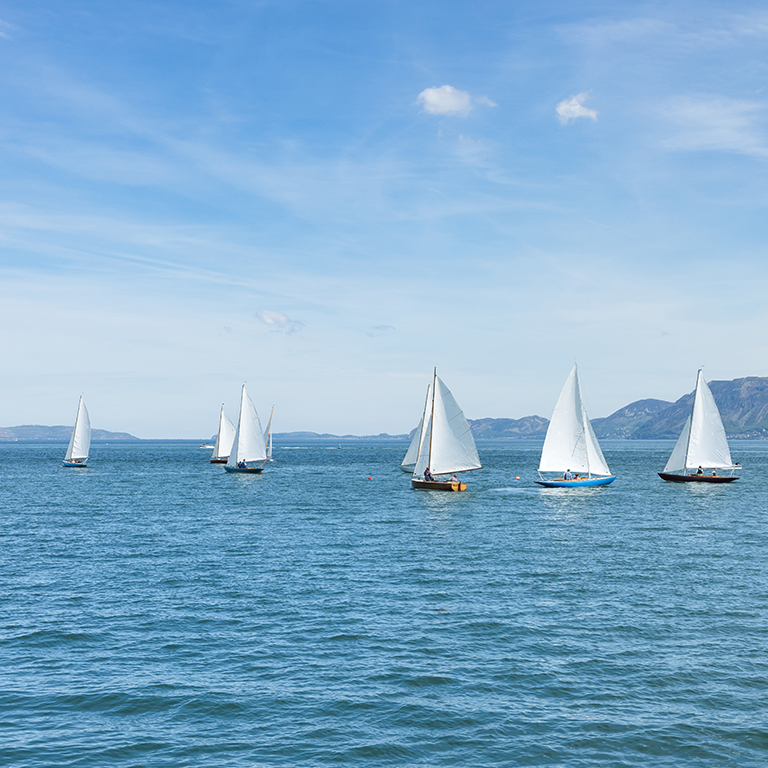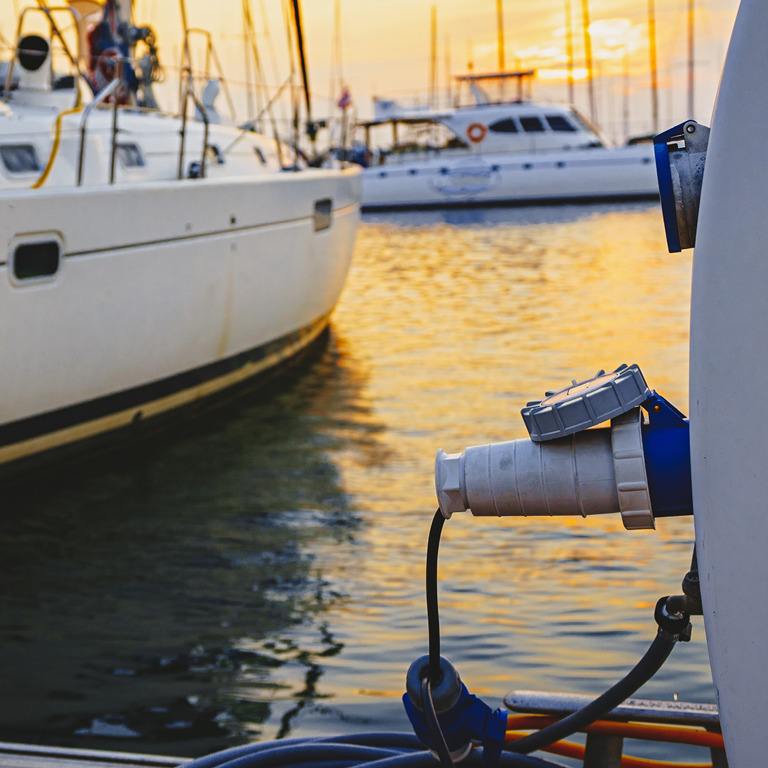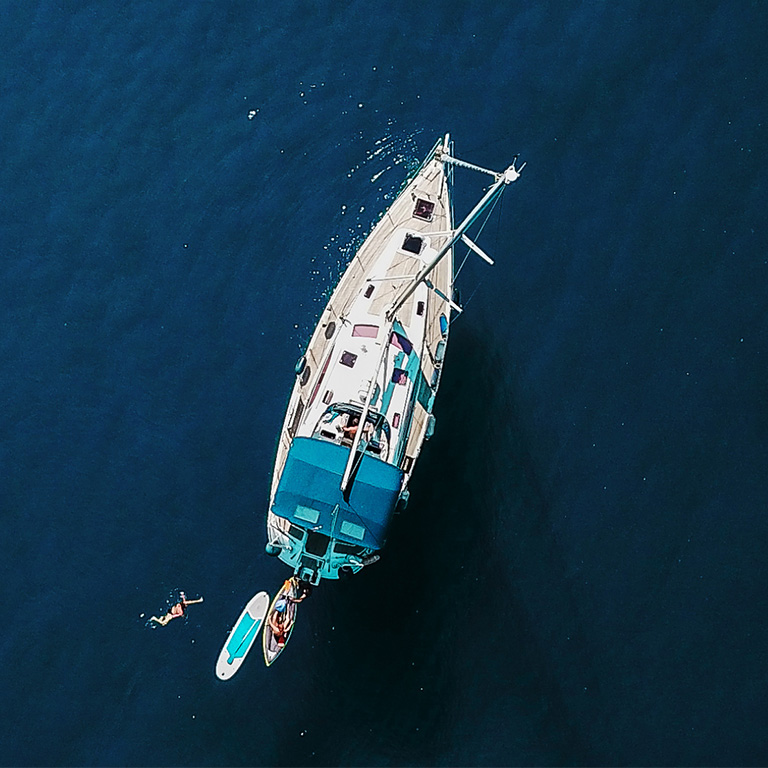Navigating the waterways in a small craft can be a fun and wholesome experience. However, a good awareness of safety practices is necessary to ensure a smooth and secure journey. Here are some safety tips for boat owners and sailors to help you stay afloat and navigate confidently in your small craft.
Understand your boat
Familiarise yourself with your boat's features, capacity, and handling characteristics. Ensure it's in good condition before every trip. Regularly check for wear and tear, inspect the hull for cracks, and confirm that all fittings are secure. Understanding your small craft’s limitations is crucial for safe navigation.
If you're new to sailing small craft waters
You usually need to register or license your boat to keep or use it on inland waterways, such as rivers and canals. Contact the navigation authority of the waterway you want to use to find out.
Whilst most navigation authorities don't insist on insurance for unpowered boats, it is strongly recommended.
Wear appropriate safety gear
Always wear a life jacket or personal flotation device. Check it fits properly and is in good condition. To prevent hypothermia, equip yourself with a whistle for signalling, and consider wearing a wetsuit or dry suit, depending on the water temperature.
Check the weather forecast
Before setting out, check the weather forecast. Sudden weather changes can be dangerous, especially for small craft. Avoid sailing in high winds, thunderstorms, or fog.
Know the rules of the waterway
Familiarise yourself with local boating regulations and navigational rules. Understand the meaning of buoys and markers; always give way to larger vessels. Stay within designated areas and avoid restricted zones.
Always maintain a good lookout and navigate on the waterway's right-hand (starboard) side for other boats. Avoid the main river traffic flows and stay clear of the centre, which larger boats usually occupy. If you find yourself there, return to the right-hand side promptly.
Be aware of the effects of larger boats passing, such as undercurrents and wash, which can affect smaller boats. Remember, larger boats need a considerable distance to stop and have restricted forward vision. Due to engine noise, they may not see small craft ahead or hear shouts and whistles.
You should also be aware of the emergency services contacts you may need. As well as traditional emergency services, including the coastguard, you will also need to know how to contact services such as river rescue if available in your particular area.
Carry essential safety equipment
Equip your boat with essential safety gear, including:
- Bailer or manual bilge pump.
- Paddle or oar.
- Waterproof flashlight.
- Flares or signalling devices, or personal locator beacon.
- First-aid kit with an emergency bandage.
- Marine VHF radio or mobile phone in a waterproof case.
- Dry bags.
- Fire extinguisher.
Practice man overboard drills
Regularly practice man-overboard drills to ensure everyone on board knows what to do if someone falls into the water. Quick and efficient response is critical in such situations. Ensure all passengers are briefed on emergency procedures before setting sail.
Maintain appropriate balance and weight distribution
Distribute weight evenly to prevent capsizing. Keep heavy items low and centred, and avoid sudden movements that could destabilise a small craft. When boarding or moving around, do so carefully to maintain balance.
By following these safety tips, you can confidently navigate small craft waters. Preparation, awareness, and adherence to safety protocols are crucial to ensuring a safe and enjoyable experience on the water. Always prioritise safety to make the most of your sailing adventures.


